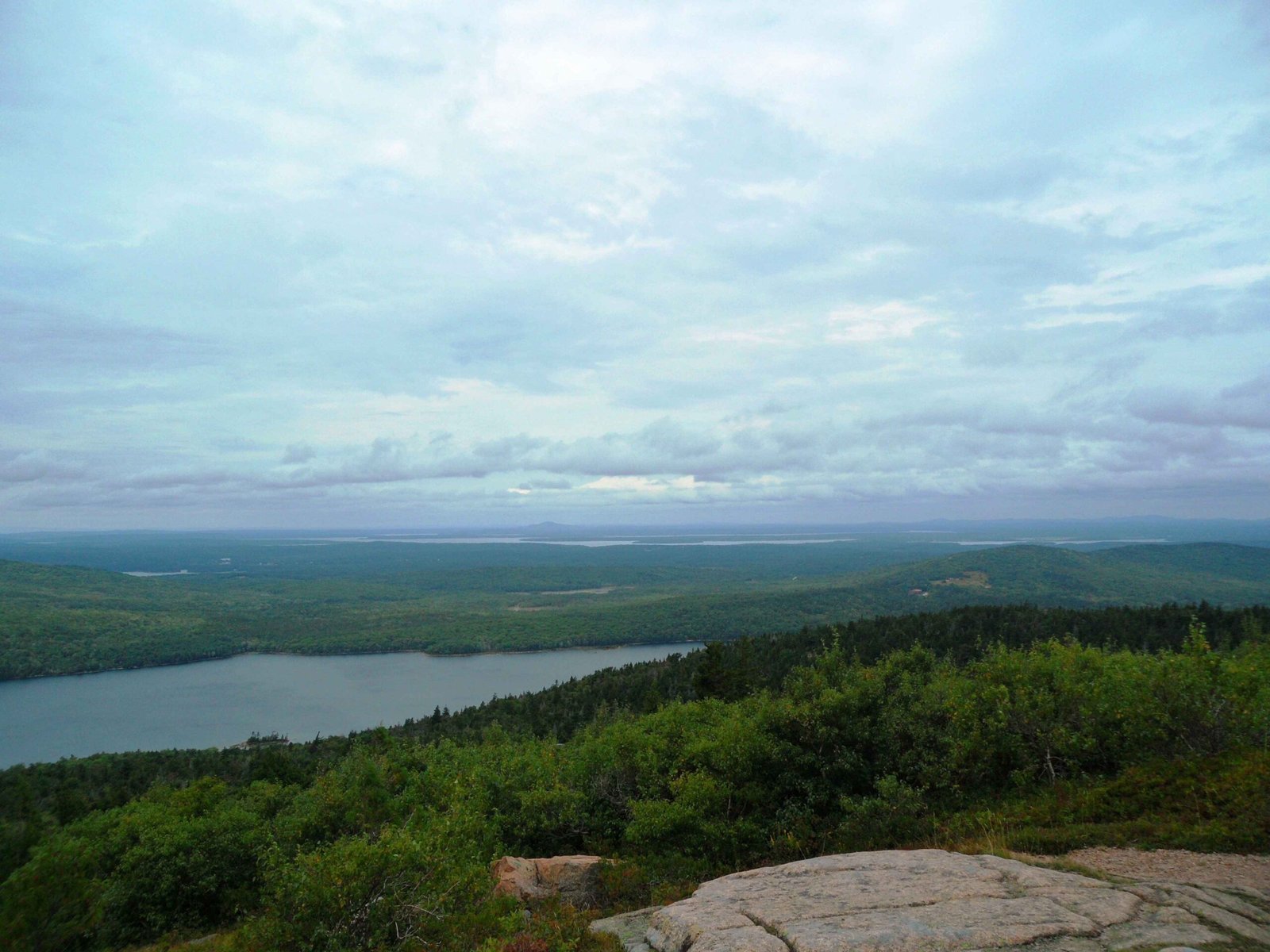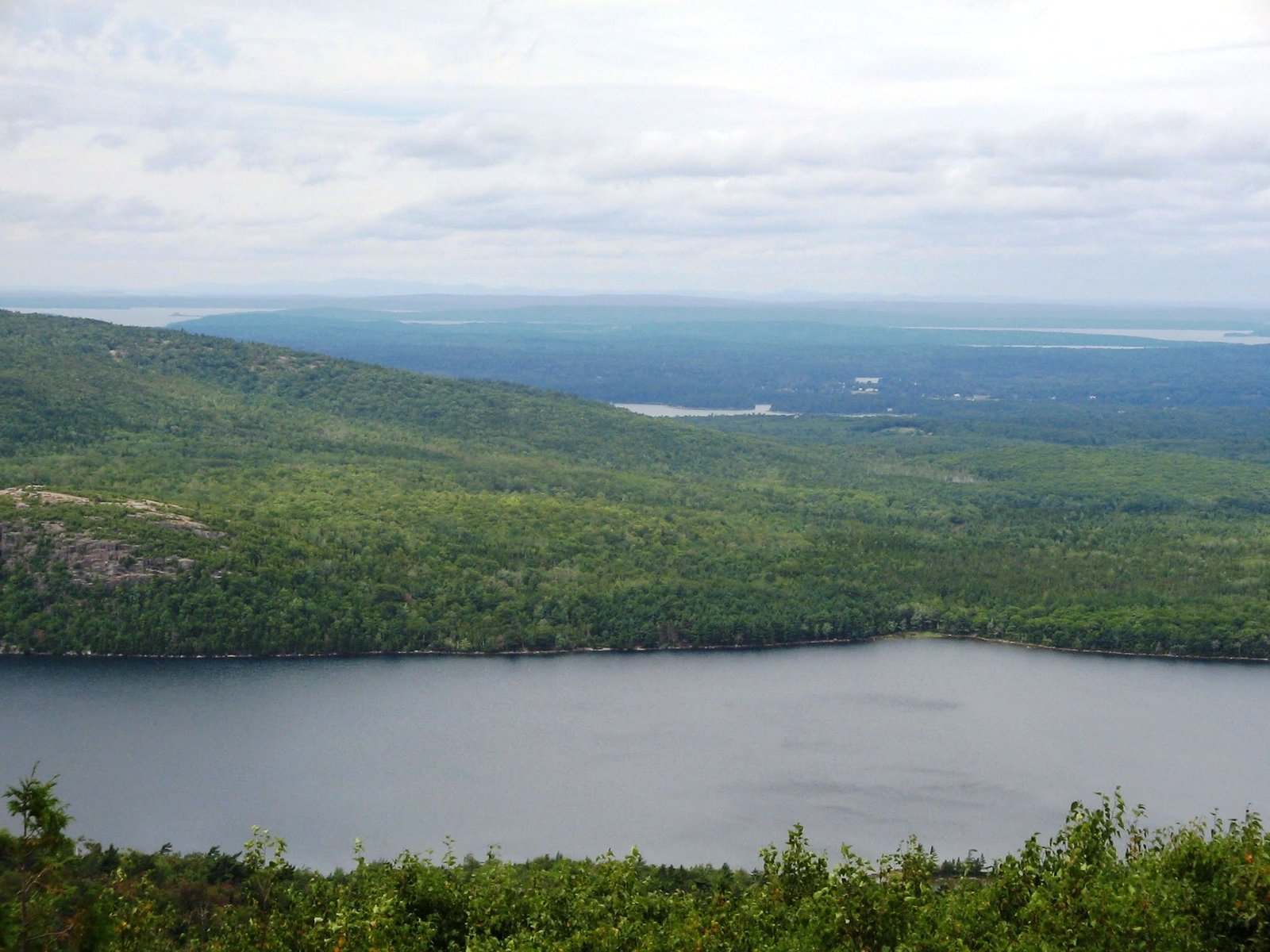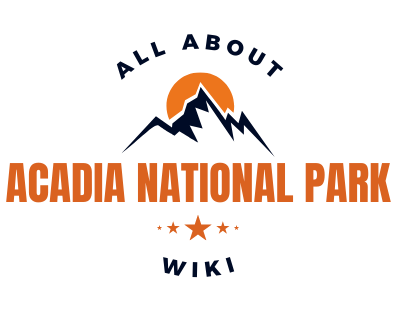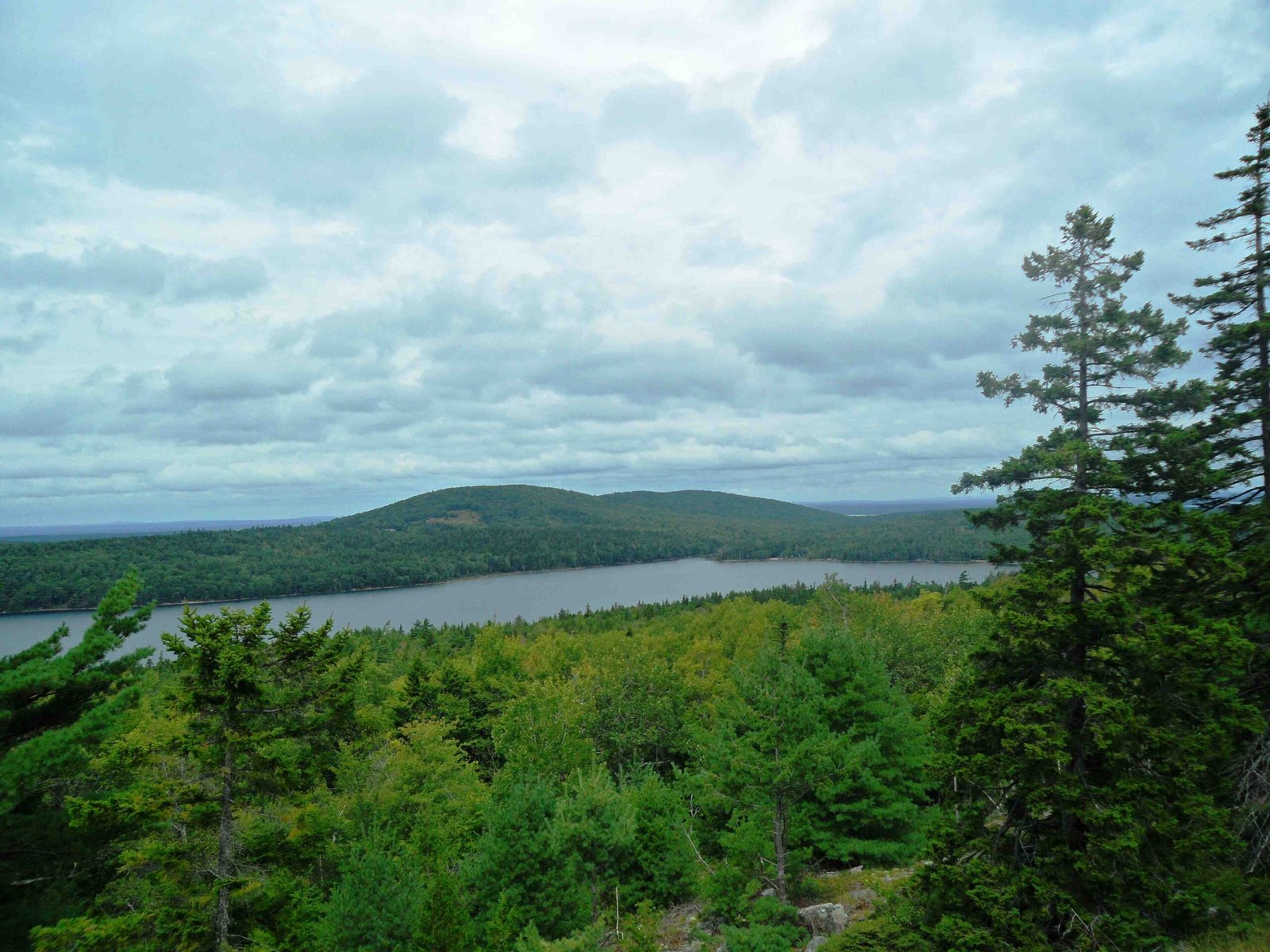Acadia National Park, located on the rugged coast of Maine, offers a breathtaking blend of rocky beaches, woodland forests, and granite peaks. When I went to Acadia National Park, I was immediately captivated by its diverse landscapes and abundant outdoor activities. From hiking challenging trails to enjoying scenic drives, Acadia provided an unforgettable experience that left me in awe of nature’s beauty and eager to share my adventure with fellow travelers.
What Are the Must-See Attractions in Acadia National Park?

Acadia National Park boasts numerous attractions that showcase its natural splendor. During my visit, I made sure to explore these key highlights:
- Cadillac Mountain: The highest point on the East Coast, offering panoramic views.
- Jordan Pond: A pristine lake surrounded by mountains, perfect for scenic walks.
- Thunder Hole: A natural rock formation where waves create a thunderous sound.
- Sand Beach: A beautiful sandy beach nestled between granite cliffs.
- Carriage Roads: 45 miles of rustic roads perfect for biking and walking.
Which Hiking Trails Should I Not Miss in Acadia?

As an avid hiker, I was thrilled to discover Acadia’s diverse trail system. Here are some of the trails I found most memorable:
Precipice Trail
- Distance: 2.5 miles
- Difficulty: Strenuous
- Highlights: Rock scrambling, cliff walks, and breathtaking views
This trail is not for the faint of heart but offers an exhilarating experience for those seeking a challenge.
Beehive Trail
- Distance: 1.4 miles
- Difficulty: Strenuous
- Highlights: Iron rungs, cliff walks, and panoramic vistas
A thrilling alternative to the Precipice Trail, offering similar excitement with slightly less exposure.
Jordan Pond Path
- Distance: 3.1 miles
- Difficulty: Easy to moderate
- Highlights: Scenic lake views, wooden bridges, and forest walks
This family-friendly trail provides a more relaxed hiking experience with beautiful scenery.
How Can I Best Experience the Coastal Beauty of Acadia?
To fully appreciate Acadia’s stunning coastline, I recommend:
- Drive the Park Loop Road: A 27-mile scenic route that passes by many of the park’s highlights.
- Visit Schoodic Peninsula: A less crowded area offering rugged coastal views and crashing waves.
- Take a boat tour: Explore the park’s islands and spot marine wildlife.
- Enjoy a sunrise at Cadillac Mountain: Be among the first in the U.S. to see the sunrise.
What Wildlife Can I Expect to See in Acadia National Park?
During my visit, I was fortunate to encounter various wildlife species. Acadia is home to:
- White-tailed deer
- Red foxes
- Beavers
- Peregrine falcons
- Harbor seals
- Various seabirds
Remember to observe wildlife from a safe distance and never feed the animals.
Where Are the Best Spots for Photography in Acadia?
As a photography enthusiast, I found countless picturesque locations in Acadia. Some of my favorite spots included:
- Bass Harbor Head Lighthouse: Especially beautiful at sunset.
- Otter Cliff: Dramatic ocean views and rugged coastline.
- Bubble Rock: A precariously balanced boulder offering unique photo opportunities.
- Cadillac Mountain Summit: Panoramic views, particularly stunning at sunrise and sunset.
- Jordan Pond: Reflective waters with the Bubbles mountains in the background.
What Are the Camping Options in Acadia National Park?
I chose to camp during my visit to fully immerse myself in the park’s natural beauty. Acadia offers several camping options:
| Campground | Type | Reservations | Cost per Night |
|---|---|---|---|
| Blackwoods | Tents, RVs | Required | $30-$40 |
| Seawall | Tents, RVs | Required | $20-$30 |
| Schoodic Woods | Tents, RVs (some with hookups) | Required | $20-$40 |
| Isle au Haut | Primitive sites | Required | $15 |
Each campground offers a unique experience, from the more developed Blackwoods to the remote Isle au Haut.
How Can I Avoid Crowds in Acadia National Park?
To make the most of my visit and avoid crowds, I followed these tips:
- Visit during shoulder season (May-June or September-October)
- Explore less popular areas like Schoodic Peninsula and Isle au Haut
- Start hikes early in the morning
- Use the Island Explorer shuttle bus to avoid parking issues
- Visit popular spots like Cadillac Mountain during weekdays
What Should I Pack for a Trip to Acadia National Park?
Based on my experience, I recommend packing:
- Sturdy hiking boots
- Layered clothing (weather can change quickly)
- Rain gear
- Insect repellent
- Sunscreen
- Binoculars for wildlife viewing
- Camera
- Reusable water bottle
- Trail maps
How Can I Support Conservation Efforts in Acadia?
During my visit, I learned about various ways to support the park’s conservation:
- Follow Leave No Trace principles
- Volunteer for park projects
- Donate to Friends of Acadia, a nonprofit organization supporting the park
- Participate in citizen science programs
- Spread awareness about the park’s importance and fragility
My trip to Acadia National Park was truly unforgettable. The park’s diverse landscapes, from rugged coastlines to lush forests and granite peaks, offered a wealth of experiences that left me in awe of nature’s beauty. Whether you’re an avid hiker, a wildlife enthusiast, or simply seeking a peaceful retreat, Acadia has something for everyone. I hope my experience inspires you to plan your own adventure in this remarkable national park.

